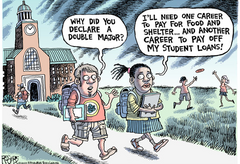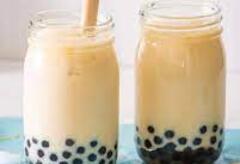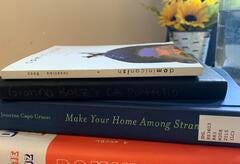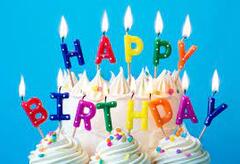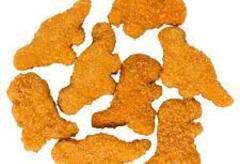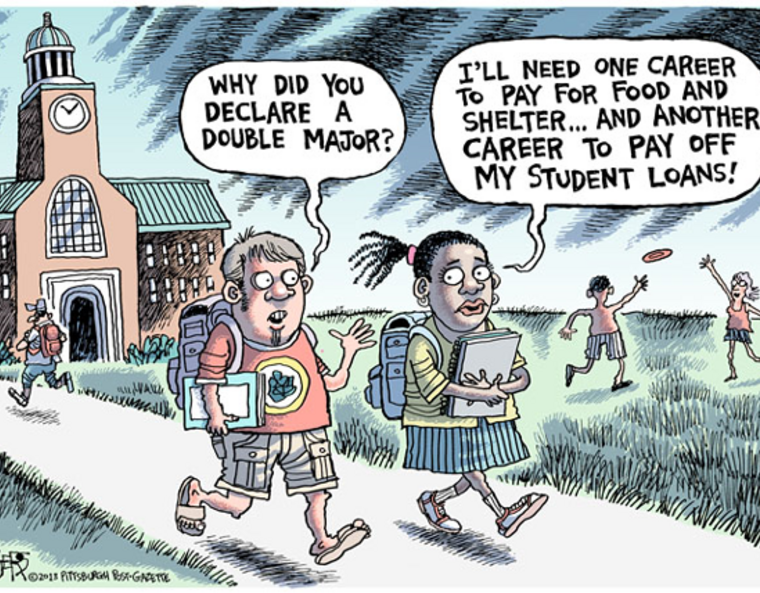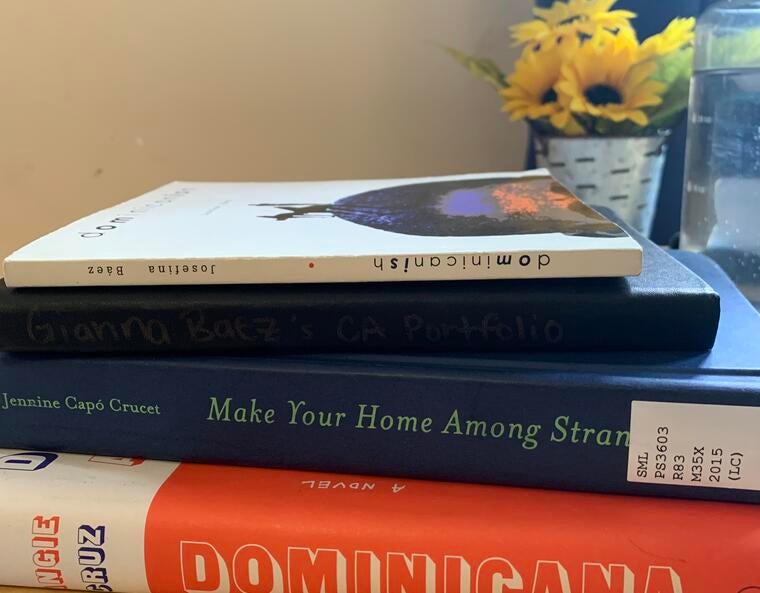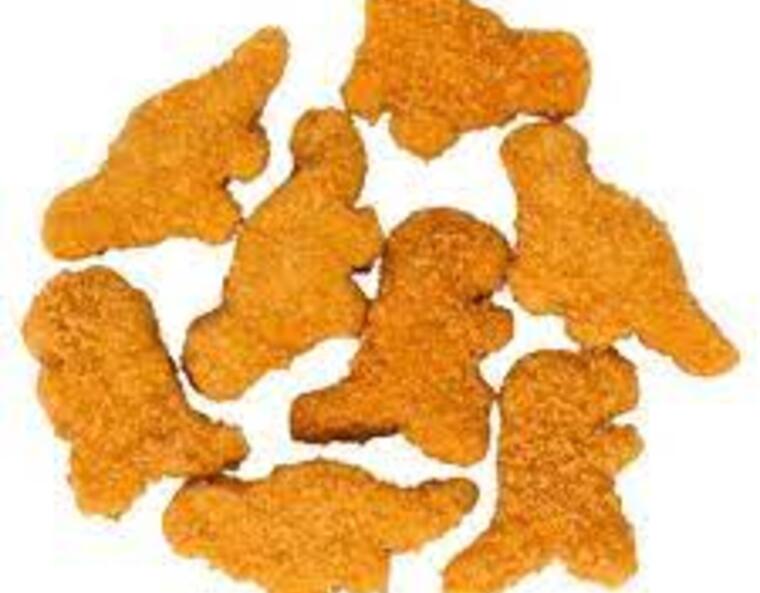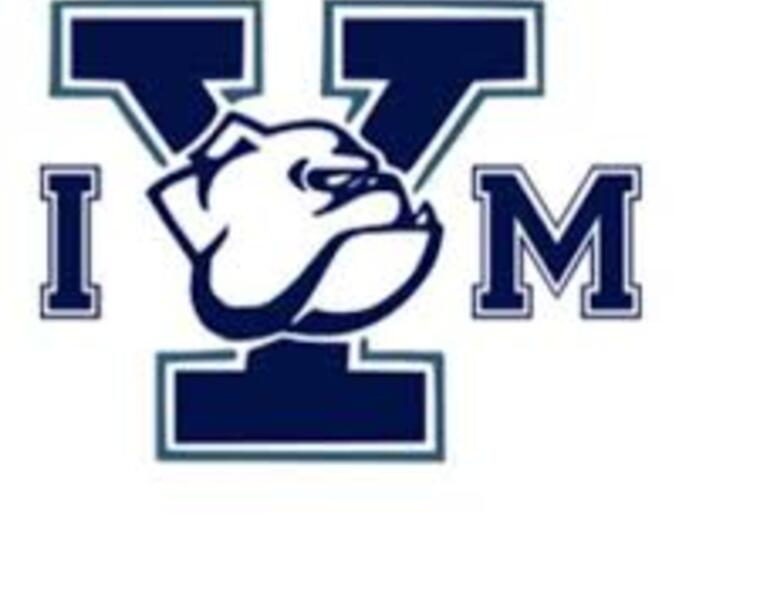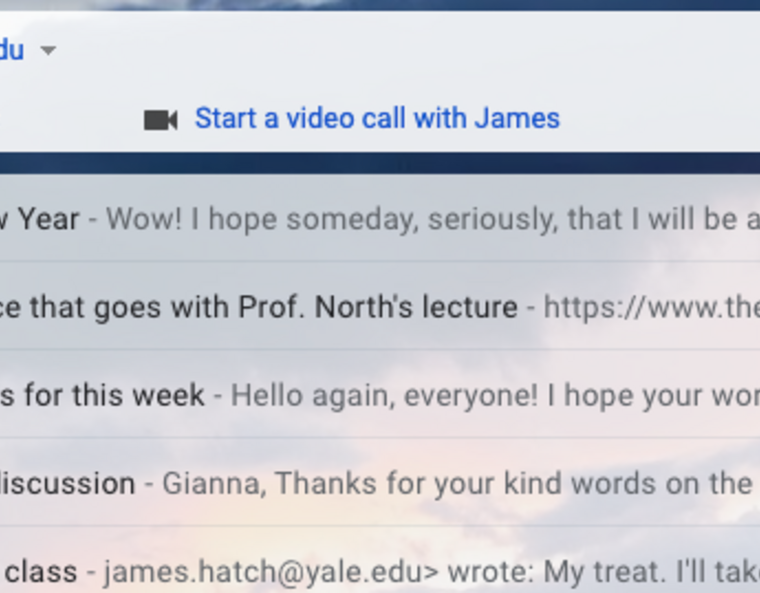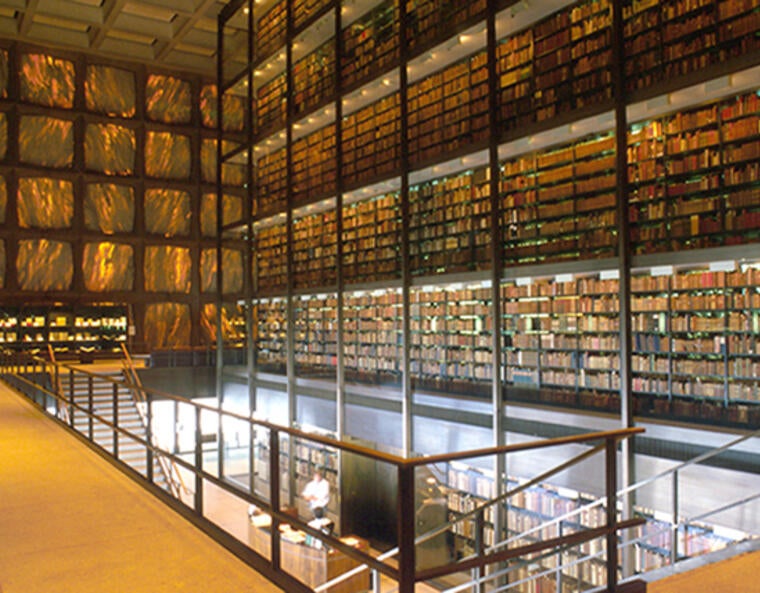
Now that I’m close to finishing my time at Yale, I’ve been reflecting a lot on my academics! My English major has a several requirements divided by historical period: Medieval, Renaissance, 18th/19th century, and 20th/21st century. By the end of junior year I had completed the last three but that (begrudgingly) left my medieval requirement for my final semester. At first, I regretted not taking a medieval course earlier–– “I could’ve been taking a more fun English course this semester” I thought. But I was wrong. To my surprise, ENGL 300: Medieval Manuscripts didn’t just fulfill a requirement, it’s been a fascinating class.
Medieval Manuscripts is taught by the current Chair of the English department, Professor Jessica Brantley. The class is unique in that we don’t just read translated medieval works (like Chaucer) but we spent the entire semester learning, reading, and looking at actual medieval manuscripts. We started the semester reading about the process of making a manuscript––starting with the text/writing. Then we read about scribal work, book binding, decoration (many surviving manuscripts are known for the elaborate decorations), and the historical context of the Middle Ages.
Actually reading the works has been difficult, as most manuscripts are either in Latin or Middle English. But we’ve all had dictionaries, translations, and our professor to help. Usually the course would take place at the Beinecke Rare Book and Manuscript Library, but because of Covid-19 and virtual classes, we have been looking at digitized manuscripts for our case studies.
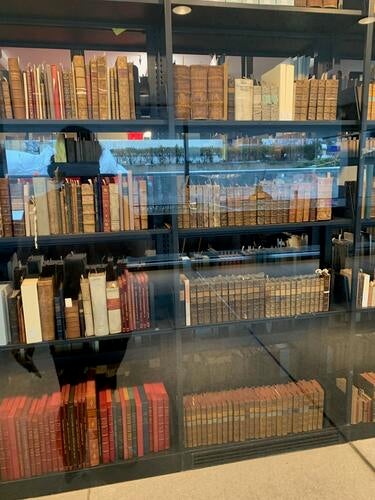
Me at the Beinecke
Initially, I was disappointed the class wouldn’t be able to meet at the Beinecke, home to “more than one million books, many millions of manuscript pages, and tens of thousands of papyri, photographs, maps, posters, paintings, and art objects, as well as extensive audiovisual material and born-digital content.” The building sits at Beinecke Plaza, it’s exterior featuring marble panels that protect the stacks of prized manuscripts and archives from direct sunlight. Before this year, I had only visited the library a few times. I remember my first year I went to look at the Guttenberg Bible, whose pages are turned every regularly by the staff. I told myself I’d come frequently to read the pages, but that never happened.
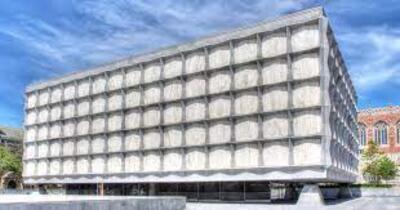
The Beinecke Library
While the Beinecke is currently closed to the public, it’s still open to Yale students and faculty for research. That means that I’ve spent plenty of time looking at actual manuscripts this semester. I’d been to the Beinecke with previous English classes, but never on my own to do research, and I must admit it’s been quite fun! For our midterm project we each picked a manuscript from the recently acquired Takamiya collection and wrote technical description of the manuscript with an analytical paper.
I had never written this kind of description before, so I spent hours hunched over MS 100, the Book of Hours (a medieval collection of prayers, psalms, religious texts; it’s most common type of surviving manuscript from the medieval period.) I studied the pictures and struggled to decipher the Latin. It was a challenging assignment, but it taught me a lot about patience and careful attention to details.
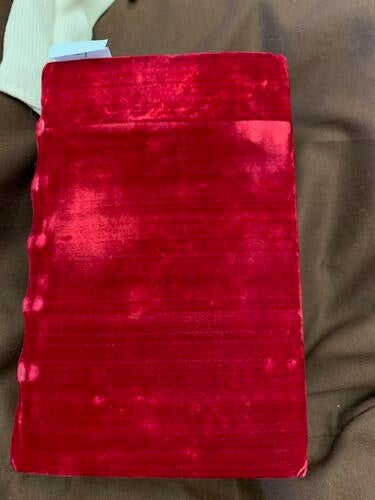
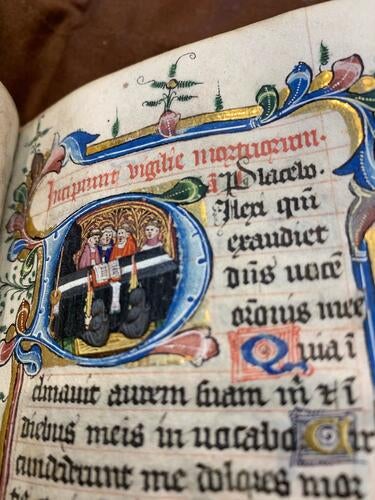

MS 100, Book of Hours from the Takamiya Collection
For my final project I’m putting together my own virtual exhibition of manuscripts centered around female patrons and artists. The exhibition will feature manuscripts owned by or produced by (meaning written by, dictated by, or scribed by) women. Through the project, I hope to light on women’s literary contributions during a period that is often thought to be dominated by men. Many of the manuscripts I’m looking at aren’t even at the Beinecke, but at the Yale Center for British Art’s reference library, so I cannot access the physical copies. But next week I’ll be back Beinecke looking at more manuscripts, and I cannot wait!

An Arabic Manuscript I studied
As the semester progresses, I am a bit sad it took me this long to discover such a fascinating way of looking at and thinking about books. I don’t think I would have taken this class had it not been required, but now I am glad I did. It’s really given me a better understanding of literary production throughout history. But more importantly, it’s pushed me to engage with fascinating materials available to me only as a Yale student. I’ll never again have the chance to look at texts hundreds of years old in the basement of the Beinecke. And like the Beinecke, there are so many other resources and spaces filled to the brim with interesting material. My best advice is to explore and really take advantage of them while you can because you never know when the next opportunity to study at Bass, look at old books at the Beinecke, or meander at a new exhibit at the YUAG will be. I know I certainly will miss doing these things.


